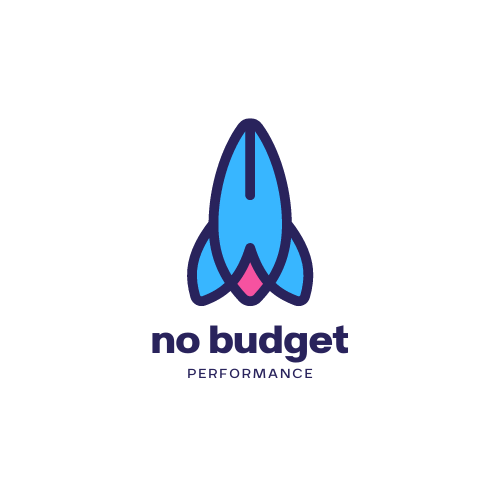Leveraging Social Media as a Performance Artist
The internet has created new opportunities for performance artists, but standing out in a crowded space is not easy. Many artists spend years refining their craft, only to struggle with building an active social media presence.
Social media is more than just a promotional tool. It is a platform for connection, engagement, and storytelling. The right approach can help you increase brand awareness, attract industry professionals, and transform followers into dedicated fans.
Without a well-planned social media marketing strategy, even the most talented performers can struggle to reach a broader audience. This guide will help you navigate the world of social media marketing and develop a successful social media strategy that works for you.
Establishing Your Brand Identity as a Performance Artist
A strong brand identity is the foundation of a successful online presence. It defines how audiences perceive you, what makes you unique, and how you communicate your artistic message. Without a clear brand, it becomes difficult to create a lasting impression or build a loyal following.
Defining Your Artistic Identity
The first step in creating a recognizable brand is defining your artistic identity. Your audience should understand your creative vision, performance style, and the emotions you want to evoke. Ask yourself:
- What themes or messages do I want to convey through my performances?
- What makes my work different from other artists in my field?
- How do I want audiences to feel when they experience my content?
For example, a contemporary dancer focusing on storytelling through movement might have a different brand voice than a circus performer who thrives on high-energy acts. Clarity in your artistic identity allows you to attract the target audience that resonates with your work.
Building a Personal Brand That Resonates
A strong personal brand helps audiences connect with your work on a deeper level. Your brand should feel authentic, consistent, and visually appealing.
- Consistency across platforms: Whether posting on Instagram, TikTok, or YouTube, your content should have a uniform aesthetic. Colors, fonts, and imagery should align with your artistic style.
- A clear message: Your captions, bio, and descriptions should reinforce your artistic purpose and values. This creates familiarity and strengthens audience recognition.
- A compelling artist story: Sharing your journey, inspirations, and struggles makes you relatable. Fans connect with artists who share their creative process and artistic evolution.
Visual Storytelling and Social Media
Performance art is a visual content medium. Whether you share performance clips, behind-the-scenes glimpses, or rehearsal footage, your social media should engagingly showcase your artistry.
- Instagram and TikTok: These platforms prioritize visual storytelling. High-quality images and videos of your performances can captivate viewers and attract a broader audience.
- YouTube: A great platform for long-form performances, behind-the-scenes documentaries, and collaborations with fellow artists.
- Facebook and Twitter: Useful for joining art related conversations, connecting with art galleries, and engaging in industry discussions.
A well-defined brand identity makes it easier to create content that resonates. When your audience understands your artistic vision, they are more likely to engage with and support your work.
Choosing the Best Social Media Platforms for Performing Artists
Not every platform is suited for performance artists, and choosing the right social media platform is essential. Each social network has unique strengths and audience behaviors. Rather than trying to be everywhere, focus on the platforms that complement your art form and align with your goals.
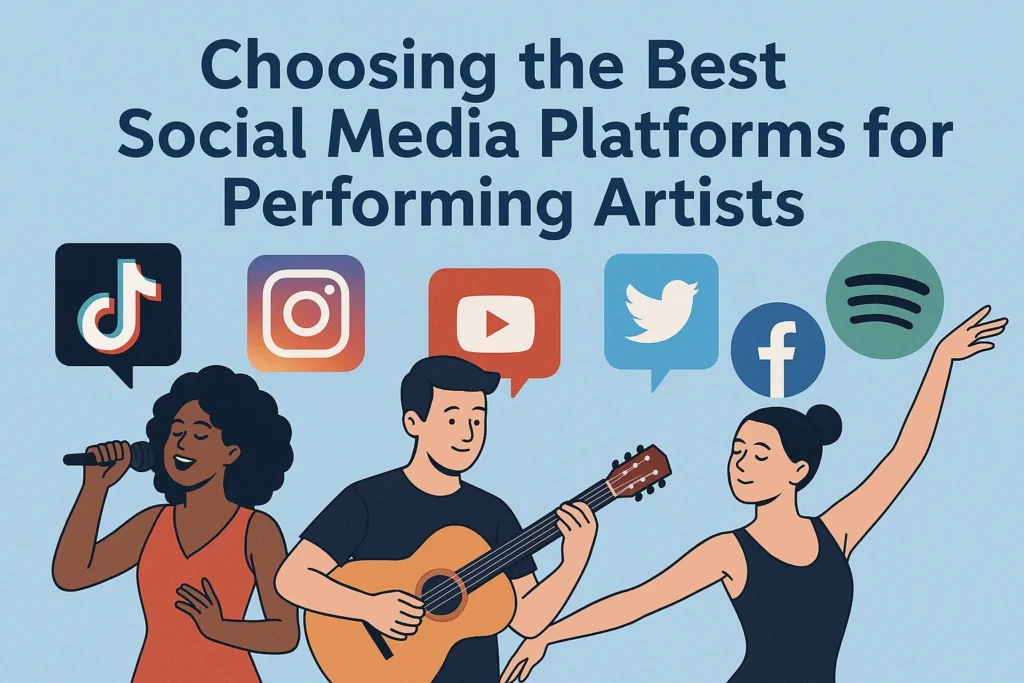
Understanding Different Platforms and Their Benefits
Performance artists benefit most from visual discovery platforms that emphasize video, imagery, and engagement. Here is a breakdown of the most effective platforms:
- TikTok and Instagram: Best for short, engaging videos. Great for audience growth and viral reach.
- YouTube: Ideal for longer performances, in-depth storytelling, and building a loyal subscriber base.
- Facebook and Twitter: Useful for engaging in real-time conversations, networking, and event promotions.
Each platform caters to different audience preferences. TikTok favors high-energy, trend-driven content, while YouTube rewards long-form storytelling.
Matching Your Art Form with the Right Platform
Different platforms serve different artistic needs. A theater actor might benefit more from YouTube, while a street performer might thrive on TikTok. Here is how to choose the best fit for your work:
- Dancers and Musicians: TikTok, Instagram Reels, and YouTube Shorts work well for short clips and viral trends.
- Theater Performers: YouTube is best for full performances, behind-the-scenes rehearsals, and monologues.
- Multimedia or Experimental Artists: Instagram and Pinterest are ideal for showcasing digital or conceptual works.
A focused strategy prevents social media management from becoming overwhelming. Instead of posting randomly, artists should select one or two primary platforms and optimize content accordingly.
Why Choosing the Right Platform Matters
Many artists struggle because they spread themselves too thin. Instead of trying to be everywhere, it is better to master a few social media channels that align with your creative process.
A well-chosen platform helps you:
- Engage the right audience instead of appealing to the wrong crowd.
- Create top-performing content that matches platform-specific trends.
- Maintain a consistent posting schedule that keeps your audience engaged.
Performance artists who select the right platforms see follower growth and better engagement. Choosing wisely ensures that your social media efforts are not wasted.
Content Strategy: What to Post and How to Stay Consistent
A well-planned content strategy is essential for performance artists who want to maintain an active social media presence. Posting randomly will not build a loyal following. Instead, content should be intentional, engaging, and structured around audience preferences.
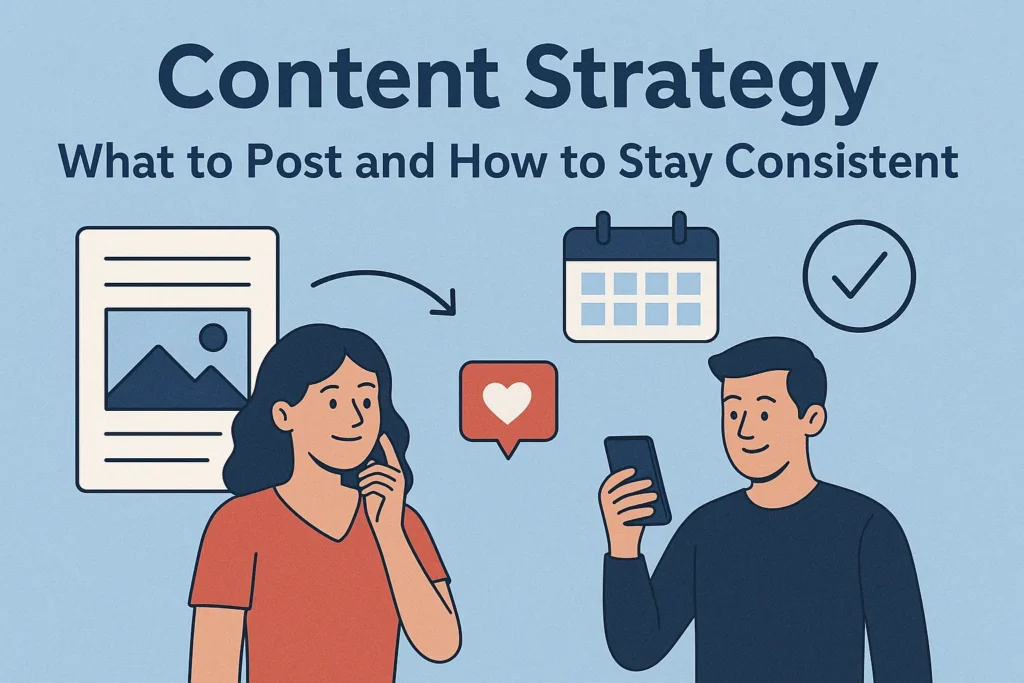
What Types of Content Perform Best?
Understanding audience demographics helps in choosing the right type of content. According to a 2023 Hootsuite study, video content generates 49% more engagement than static images on platforms like Instagram and Facebook. For performance artists, this means prioritizing high-quality video posts over simple text or image updates.
Here are some of the most effective types of content:
- Performance Clips: Short clips from live shows or rehearsals grab attention quickly.
- Behind-the-Scenes Glimpses: Giving fans an inside look at the creative process builds authenticity.
- User-Generated Content: Encouraging followers to share their interpretations or responses to your work increases engagement.
- Live Performances and Q&As: Streaming live allows for real-time conversations and deeper audience interaction.
A mix of these formats ensures variety while keeping content fresh and engaging.
The Importance of a Posting Schedule
A consistent posting schedule is one of the most important factors for social media growth. Research from Sprout Social found that accounts that post 3-5 times per week experience higher audience engagement than those that post sporadically.
To stay consistent:
- Batch-create content so you always have material ready.
- Use scheduling tools like Later or Buffer to plan posts in advance.
- Stick to platform-specific best practices (e.g., TikTok favors 1-4 posts per day, while YouTube works best with weekly uploads).
Following a structured plan prevents burnout and ensures that your social media efforts remain sustainable over time.
Finding the Balance Between Promotional and Organic Content
While promoting shows and ticket sales is important, a social media marketing plan should not be entirely sales-driven. A good balance is 80% engaging content and 20% promotional material.
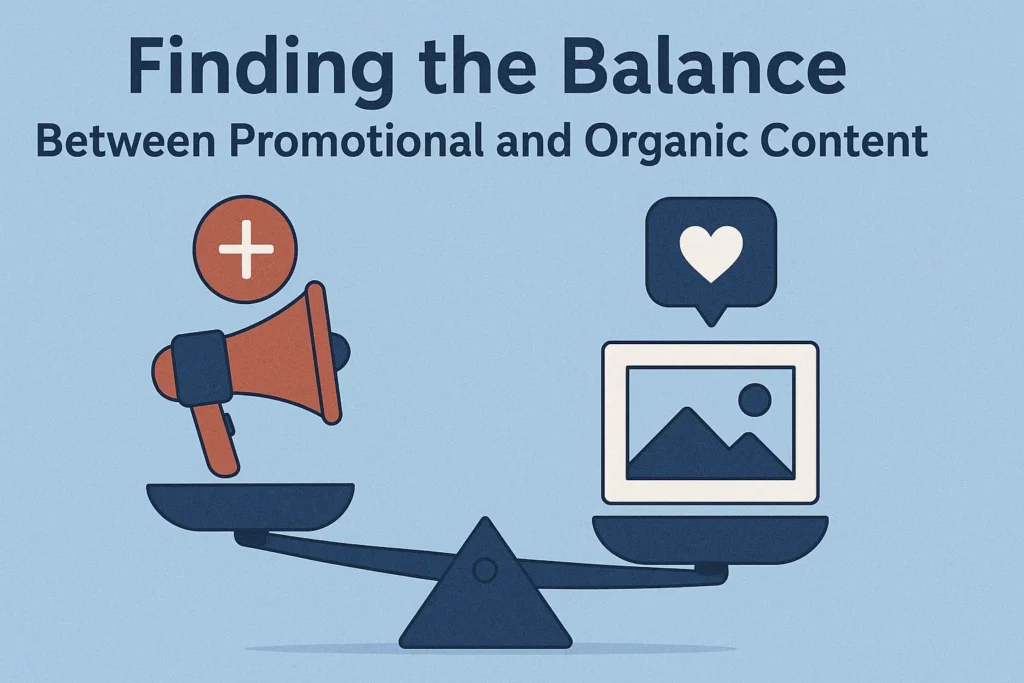
For instance:
- Engaging content: Sharing rehearsal clips, interviews, or creative collaborations with fellow artists.
- Promotional content: Announcing upcoming performances, linking to tickets, or showcasing press coverage.
Engagement Strategies: Growing and Retaining a Loyal Fanbase
Gaining followers is only the first step. Turning them into loyal supporters requires continuous engagement. A well-planned social media marketing strategy prioritizes interaction, building relationships, and fostering a sense of community.
Why Engagement Matters More Than Follower Count
Many artists focus solely on increasing their follower count, but engagement is a more critical metric. A study by HubSpot found that accounts with high engagement rates are 3.5 times more likely to attract brand collaborations than those with a large but inactive following.
High engagement leads to:
- Stronger audience loyalty: Fans who feel connected to an artist are more likely to attend shows, buy merchandise, and share content.
- Higher visibility in platform algorithms: Instagram, TikTok, and Facebook prioritize content that generates interactions like comments, shares, and saves.
- More opportunities for monetization: Brands prefer to work with artists who can keep their audience engaged rather than those with passive followers.
How to Build a Community, Not Just an Audience
A successful social media strategy focuses on community-building. Here are key ways to strengthen audience relationships:
- Reply to comments and DMs: According to Sprout Social, 46% of consumers expect brands and influencers to respond within 24 hours. Quick responses create deeper connections.
- Use interactive content: Polls, Q&As, and quizzes encourage participation. Platforms like Instagram Stories allow for sticker features that make engagement effortless.
- Feature user-generated content: Reposting audience-created work makes fans feel valued. Artists like Billie Eilish frequently highlight fan art, remixes, and dance covers, strengthening their community.
- Run contests and challenges: TikTok dance challenges or Instagram giveaway contests help boost audience engagement and expand reach.
Leveraging Live Streaming for Real-Time Conversations
Live streaming is one of the most effective ways to build relationships with fans. A study by Restream found that 80% of audiences prefer live video over traditional social posts, as it feels more authentic and engaging.
- Host live Q&A sessions: Answering audience questions in real time fosters personal connections.
- Stream behind-the-scenes content: Rehearsals, tour footage, and studio sessions bring fans closer to the creative process.
- Collaborate with fellow artists: Joint live streams introduce new audiences and create dynamic content.
The Power of Networking and Cross-Promotion
Engagement is not limited to fan interactions. Connecting with fellow artists and industry professionals strengthens credibility and expands visibility.
- Comment on and share other artists’ content: Authentic support helps in forming valuable relationships.
- Join art-related conversations: Participating in Twitter threads, Instagram discussions, and Facebook groups related to performing arts helps in networking.
- Cross-promote with collaborators: Co-producing content with other artists introduces both audiences to fresh work.
An engaged audience is the foundation of social media success. The stronger the community, the greater the opportunities for long-term growth and career expansion.
Monetization: Turning Social Media Success into Financial Gain
A strong social media presence is not just about visibility. For performance artists, social platforms can become an essential source of income. By using a social media marketing plan that includes sponsorships, digital products, and fan support, artists can turn engagement into revenue.
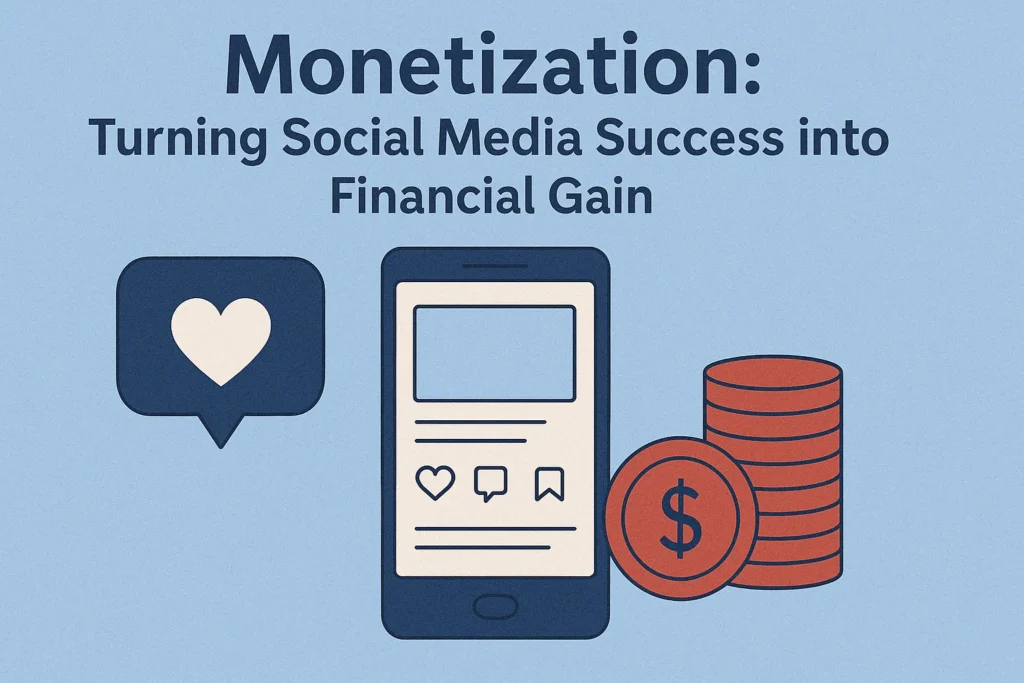
How Performance Artists Are Monetizing Their Social Media Presence
The creator economy has exploded in recent years. According to Influencer Marketing Hub, the influencer industry is expected to reach $24 billion by 2025, with many independent artists profiting from social media. Here are some of the most effective ways performance artists are making money online:
- Brand Collaborations: Companies are willing to pay artists to showcase their products, particularly those who have a well-defined brand identity and an engaged following.
- YouTube and TikTok Ad Revenue: Platforms like YouTube and TikTok offer direct payouts through ad placements, with YouTube paying an average of $18 per 1,000 ad views.
- Exclusive Content and Subscriptions: Platforms like Patreon and Ko-fi allow artists to offer premium content, such as behind-the-scenes footage or early access to performances.
- Live Streaming and Virtual Events: Hosting ticketed virtual performances on Instagram Live, YouTube, or specialized platforms like StageIt generates income while keeping fans engaged.
How to Attract Sponsorships and Brand Partnerships
Sponsorships are one of the most lucrative ways for performance artists to monetize their social media channels. Brands look for artists who:
- Maintain an active, engaged following rather than just a high follower count.
- Align with their values and target audience.
- Have a consistent posting schedule and high-quality content.
According to a report by Later, nano- and micro-influencers (1,000–100,000 followers) receive more engagement than larger accounts, making them attractive to brands.
To increase sponsorship opportunities:
- Engage with brands naturally before pitching collaborations.
- Showcase past brand interactions through organic product mentions.
- Create a media kit that highlights audience demographics, engagement rates, and past partnerships.
Diversifying Income Streams for Long-Term Stability
Relying on one income source is risky. Artists who build a successful social media strategy often diversify their revenue streams by combining:
- Merchandise sales through print-on-demand services like Teespring or Redbubble.
- Crowdfunding for projects using Kickstarter or Indiegogo.
- Affiliate marketing, where artists earn a commission for promoting products.
Those who successfully integrate multiple income streams create a sustainable career while growing their artistic influence.
The shift from visibility to profitability requires strategic planning. Artists who take advantage of monetization opportunities can transform their social media performance into a full-time career.
Analytics and Growth Strategy: The Science Behind Social Media Success
A social media marketing strategy is only effective when backed by data. Understanding social media performance helps performance artists refine their approach, improve engagement, and maximize reach. Tracking key metrics ensures that content is not just being posted but is making an impact.
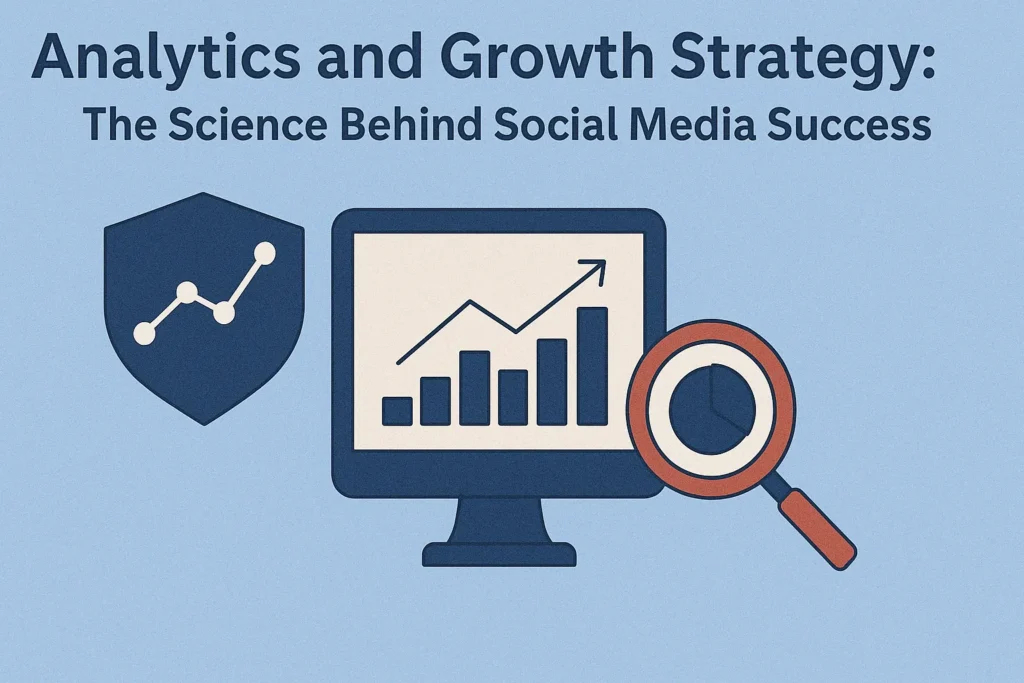
Which Social Media Metrics Matter Most?
Not all data points are equally important. Performance artists should focus on metrics that provide insights into audience engagement and growth. According to Hootsuite’s 2023 Social Media Trends report, the most critical metrics for creators include:
- Engagement Rate: The number of likes, shares, comments, and saves relative to total followers. A high engagement rate means an audience is actively responding to content.
- Audience Demographics: Understanding the age, location, and interests of followers helps in tailoring content to match their preferences.
- Watch Time (for Video Content): On platforms like YouTube and TikTok, longer watch times signal quality content to algorithms, increasing visibility.
- Follower Growth Rate: A steady increase in followers shows that content is attracting a broader audience over time.
Monitoring these metrics allows artists to adjust their content strategy and posting habits based on real audience behavior.
How to Use Analytics to Improve Performance
Platforms like Instagram Insights, TikTok Analytics, and YouTube Studio provide free tools to track social media performance. Successful artists use these insights to:
- Identify top-performing content and create more of what resonates.
- Optimize posting schedules by determining when their audience is most active.
- Experiment with content formats, such as switching between live performances, short clips, and interactive posts.
A study by Sprout Social found that posts published at optimal engagement times can receive up to 39% more interactions than those posted randomly.
Adjusting Strategy Based on Data
A social media marketing plan should evolve based on audience feedback and analytics. Artists who regularly analyze their performance can:
- Test new content styles to see what generates more engagement.
- Shift focus to platforms where their audience preferences align best.
- Improve outreach by targeting their strongest demographic groups.
Artists who track and adapt their social media efforts based on real insights are more likely to build a thriving online presence.
Case Studies: Performance Artists Who Achieved Social Media Success
Many performance artists have transformed their careers by leveraging social media strategies effectively. Examining their approaches provides valuable insights into what works.
How Artists Are Using Social Media to Build Their Careers
1. Lil Nas X – From Viral Sensation to Global Star
Lil Nas X leveraged social media marketing to propel his music career. His breakout hit “Old Town Road” gained traction on TikTok before reaching mainstream success. His approach included:
- Memes and user-generated content to encourage engagement.
- Consistent posting schedule to maintain momentum.
- Strategic collaborations with influencers to expand reach.
By using TikTok’s viral nature, he turned a low-budget song into a record-breaking hit.
2. Amanda Gorman – The Power of a Strong Personal Brand
Poet and performer Amanda Gorman gained widespread recognition after her 2021 inauguration performance. Her social media presence played a major role in expanding her audience. She focused on:
- Visual storytelling through Instagram, blending poetry with striking images.
- Engaging in real-time conversations on Twitter to discuss social issues.
- Leveraging multiple platforms to reach diverse demographics.
Her success proves that brand identity and consistent messaging create lasting impact.
3. Derek Hough – Engaging Audiences with Interactive Content
Professional dancer Derek Hough has built an active online community by focusing on audience engagement. His strategy includes:
- Behind-the-scenes glimpses of his rehearsals and creative process.
- Live Q&A sessions to interact with fans in real time.
- High-quality visual content to showcase his choreography.
His use of interactive and personal content has helped him maintain a loyal following across platforms.
Lessons from These Success Stories
Artists who succeed with social media marketing strategies share common habits:
- They tailor content to their target audience rather than posting randomly.
- They engage with fans directly, making their followers feel involved.
- They remain consistent with their social media posts, ensuring steady visibility.
By following these proven strategies, performance artists can increase brand awareness and establish a sustainable online career.
Bringing It All Together: Elevating Your Social Media Presence
Building a strong social media presence requires more than just posting content. Performance artists who succeed online have a clear strategy, engage meaningfully with their audiences, and adapt based on analytics.
Key Takeaways for Social Media Success
To maximize impact, artists should focus on:
- Choosing the right social media platforms that align with their art form and audience.
- Developing a unique brand identity that sets them apart.
- Using a structured content strategy that includes engaging video, behind-the-scenes glimpses, and interactive elements.
- Prioritizing audience engagement through live Q&As, user-generated content, and real-time interactions.
- Monetizing effectively with sponsorships, subscriptions, and merchandise.
- Tracking performance metrics to refine and improve social media efforts.
Taking the Next Step
A successful social media strategy does not happen overnight. It requires experimentation, consistency, and a deep understanding of audience behavior. Performance artists who master these elements can increase brand awareness, grow their careers, and turn social media into a powerful professional tool.
For more in-depth guidance on how to refine your online brand and reach more people, explore this detailed guide on building an online presence for performance artists.
